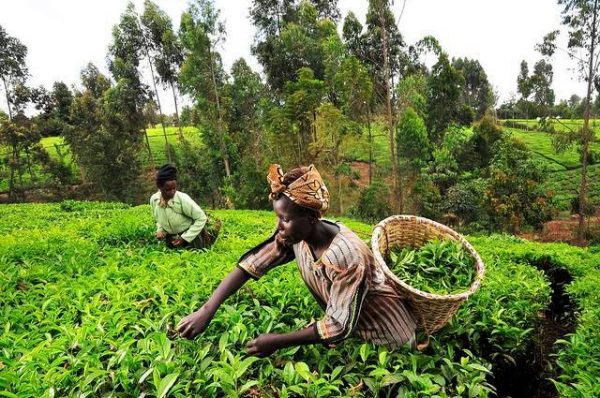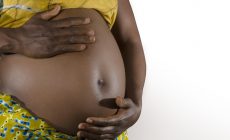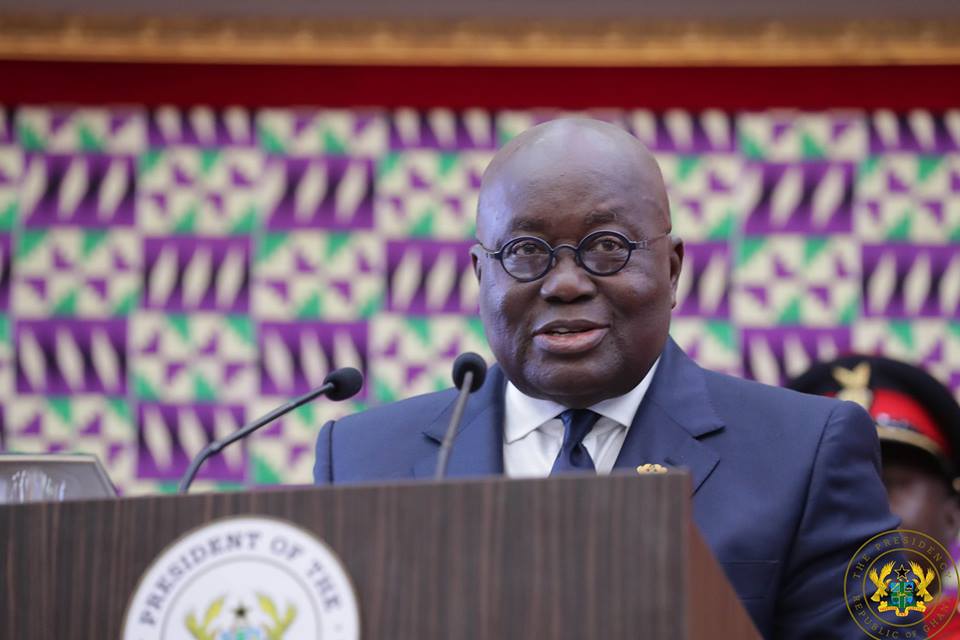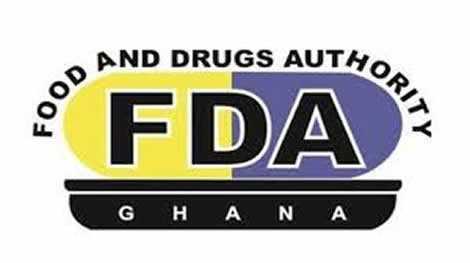It is a very unique mix of industrial development and agriculture all under a free-zone arrangement which includes housing for workers.
The delegation, led by Jon Vandercherver, is holding discussions with Ministry of Food and Agriculture, Ministry of Trade, Ghana Investment Promotions Centre to finalise agreement based on completed feasibility studies.
Minister for Food and Agriculture Dr. Owusu Afriye-Akoto, who held discussions with the delegations explained that the US led delegation with Chinese and Dubai investors are looking at investing in industry and agriculture as a combination.
According to him, the investors see an opportunity in the Aveyime and Sogakope area where they intend to have industrial installation of various types of industries using local materials which have potential for export.
He explained that it involves building of a township for workers and management to turn Aveyime into a huge suburb of Tema linking with Tema industrial zone.
“It is an extension of Tema industrial zone further into the Eastern part of the region and transcended into Volta Region,” he added.
Dr. Afriye-Akoto stated that the investors intend to tap into rice and maize in the areas to add value and good packaging.
He said the Aveyime and Sogakope area is adjacent to Tema which enables easy access to Tema port.
In addition, the Minister said there is an airfield closer which the investors want to development into a suburban airport to serve that part of the country and to link up with Volta River Authority (VRA) farms which is being disposed off.
When implemented, it would be a major boost for the New Patriotic Party (NPP) resolve to transform agriculture.
Planting for food and jobs
‘Planting for food and jobs’ is the government’s new vision for turning around the fortunes of food and agriculture.
It is a civic responsibility on the part of all Ghanaians to plant something.
This year, maize, rice, soybean, sorghum and vegetables, including tomato, onion and pepper, are the five main crops for concentration.
The campaign is expected to yield food valued at GH¢1.3 billion.
The concept also has tax incentives for companies, including breweries and food processing companies, which are willing to go into farming to feed their factories.
Cost
The government has budgeted a little over GH¢560 million to cater for the five pillars of the campaign — seeds, fertiliser, extension services, marketing and e-fertiliser.
According to the breakdown of the budget, GH¢74.7 million will go into the provision of seeds, GH¢238.7 million for fertiliser, GH¢32 million for extension services, GH¢200 million for marketing and GH¢15 for e-agriculture and monitoring.
Apart from the hundreds of jobs it is expected to create, the campaign is also expected to guarantee food security, provide cheap food for the urban areas, raw materials for the livestock and the industrial sectors and surplus produce for export to the ECOWAS sub-region.
Funding
The Canadian government has offered 135 million Canadian dollars to support the programme.
The Korean government is supporting all the districts in the Central Region with $9 million and the Chinese government is thinking about giving us fertiliser to support the programme.
$1bn agro industrial enclave for Volta Region
- Posted on
- Comment
 -US, China, Dubai investors
-US, China, Dubai investors
to complete project 3 years
INVESTORS from China, Dubai and United States of America (USA) have expressed interest in building $1billion agro industrial enclave near Aveyime and Sogakope in the Volta Region.
The $1billion investment is expected to be achieved in a matter of three years from the date of commencement.
The project is expected to create thousands of jobs.
The enclave will revamp the collapsed Aveyime rice project, build an industrial hub similar to Tema, operate an air field and establish factories to process raw materials especially rice and maize into finished products with potential for exports.
By Elvis DARKO, Accra










 (Selorm) |
(Selorm) |  (Nana Kwesi)
(Nana Kwesi)